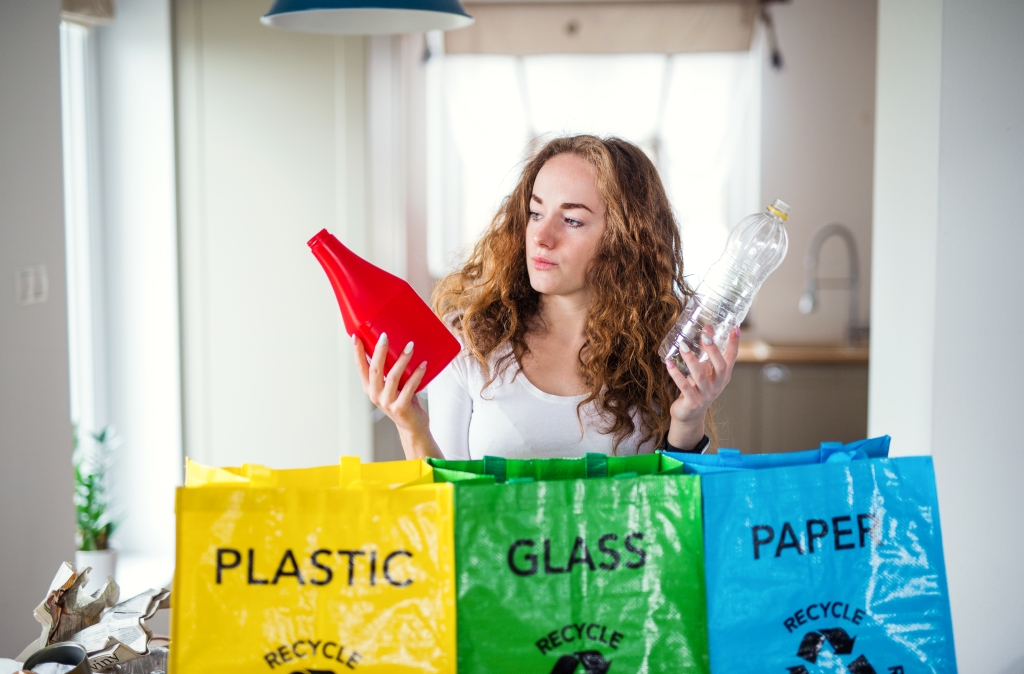Plastic is a present material in our economy and daily lives. It has multiple functions that help tackle a number of the challenges facing our society. In packaging in particular, plastics help ensure food safety and reduce food waste.
However, too often the way plastics are used and discarded fails to capture the economic benefits of a more ‘circular’ approach and harms the environment.
There is an urgent need to tackle the environmental problems that today cast a long shadow over the use and consumption of plastics.
The EU Action Plan for a circular economy
The plastics industry is very important to the European economy, and increasing its sustainability can bring new opportunities for innovation, competitiveness and job creation, in line with the objectives pursued by the renewed EU Industrial Policy Strategy.
In December 2015, the Commission adopted the EU Action Plan for a circular economy. In this action plan, it identified plastics as a key priority and committed itself to ‘prepare a strategy addressing the challenges posed by plastics throughout the value chain and taking into account their entire life-cycle’.
In 2017, the Commission confirmed it would focus on plastics production and use and work towards the goal of ensuring that all plastic packaging available in the EU is recyclable by 2030.
The sustainable plastics economy and its consequences
Global production of plastics has increased twentyfold since the 1960s, reaching 322 million tons in 2015. It is expected to double again over the next 20 years.
Recycled plastics today account for only around 6% of plastics demand in Europe. In recent years, the EU plastic recycling sector has suffered from low commodity prices and uncertainties about market outlets. Investments in new plastic recycling capacity have been held back by the sector’s prospects of low profitability.
Moving decisively towards a more prosperous and sustainable plastics economy could deliver considerable benefits. To reap these, Europe needs a strategic vision, setting out what a ‘circular’ plastics economy could look like in the decades ahead. This vision needs to promote investment in innovative solutions and turn today’s challenges into opportunities.
A smart, innovative and sustainable plastics industry, where design and production fully respects the needs of reuse, repair, and recycling, brings growth and jobs to Europe and helps cut EU’s greenhouse gas emissions and dependence on imported fossil fuels.
Recycling food packaging should become a priority
Plastics packaging is a priority area when it comes to design for recyclability. Today it accounts for about 60% of post-consumer waste in the EU, and product design is one of the keys to improve recycling levels.
Stepping up the recycling of plastics can bring significant environmental and economic benefits, yet it cannot be done if there is no improvement in the way plastics and plastics articles are produced and designed.
Challenges linked to the production, consumption and end-of-life of plastics can be turned into an opportunity for the supply chain European businesses.
All key players involved in the plastics packaging supply chain should work together to:
- improve design and support innovation to make plastics and plastic products easier to recycle;
- expand and improve the separate collection of plastic waste, to ensure quality inputs to the recycling industry;
- expand and modernize the EU’s sorting and recycling capacity;
- create viable markets for recycled and renewable plastics.
Tackling all of the above steps through an ambitious strategic vision, covering the entire value chain, can spur growth, jobs and innovation, thus turning the vision for a more circular plastics economy into a reality.

